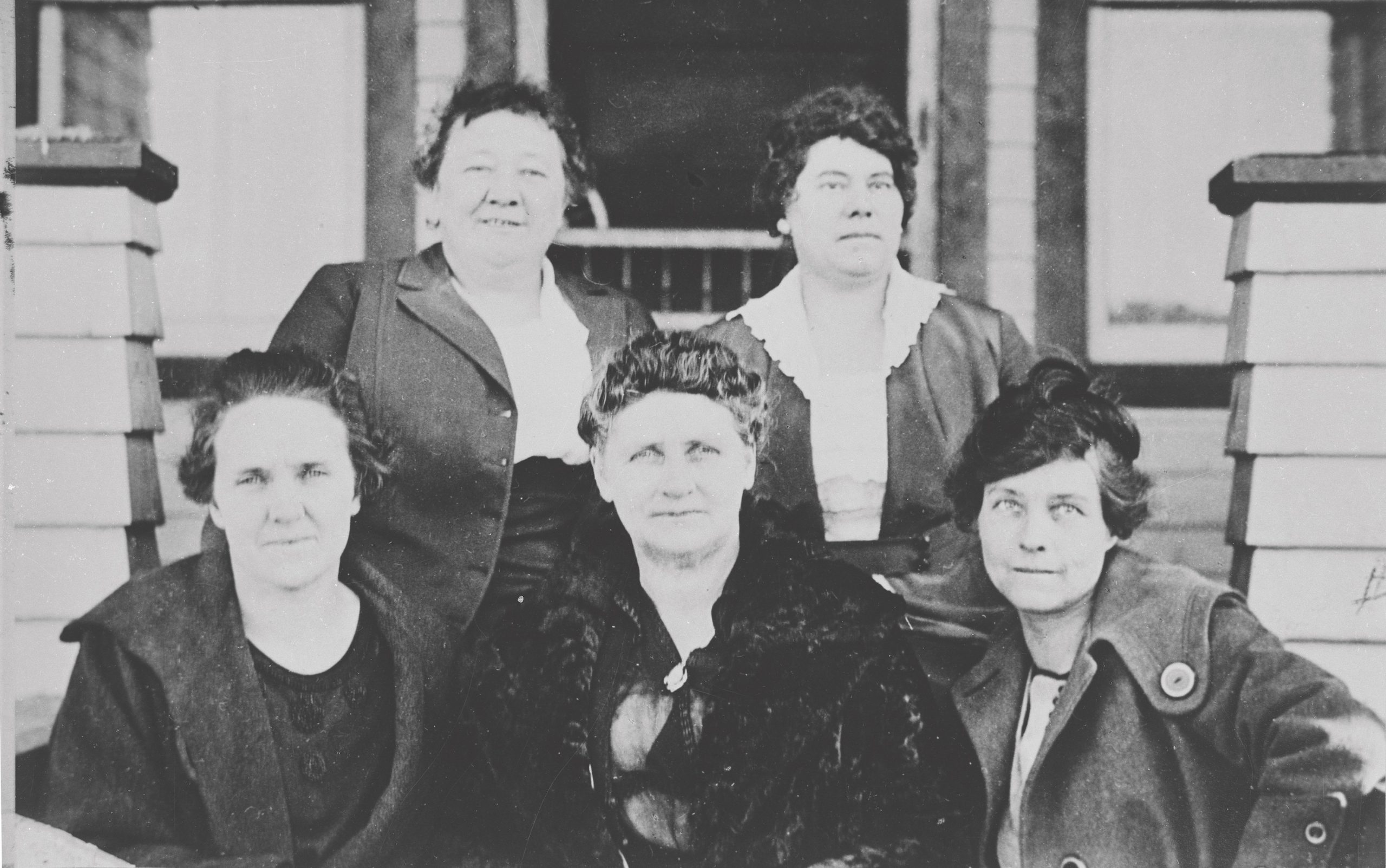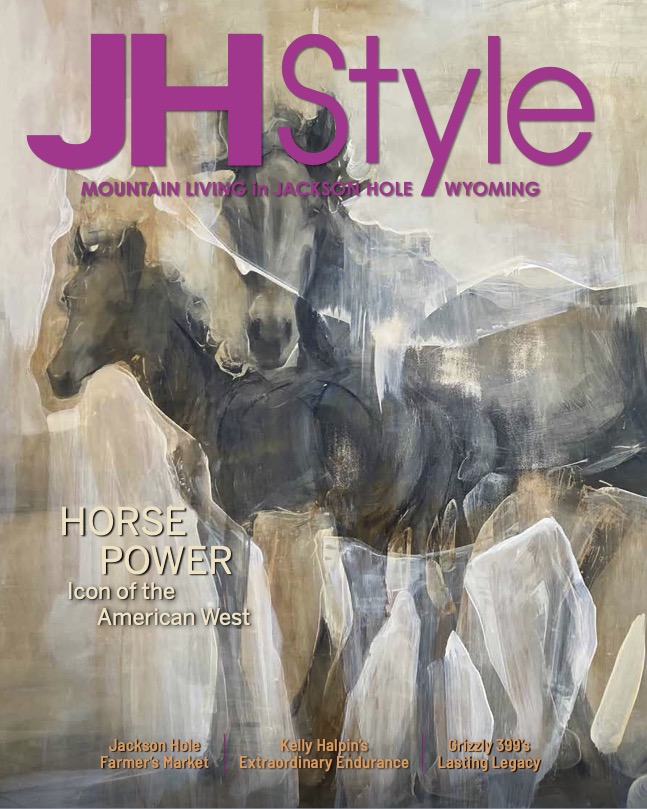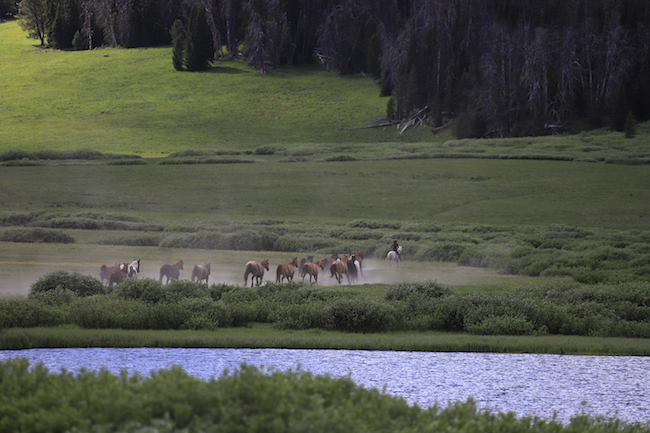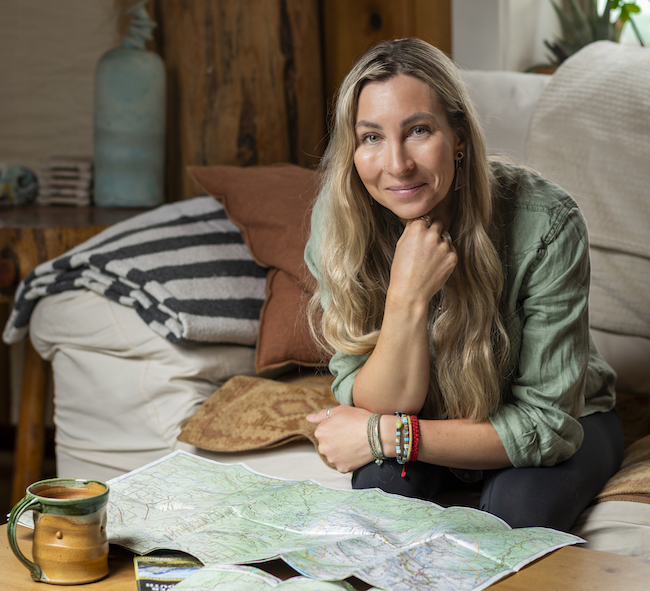Protected Lands
25 Aug 2019
What Makes Jackson Hole Special
Summer 2019
| Images: Madison Webb, David Bowers and Megan Peterson
Living in Jackson means being surrounded by protected land. The town is ringed by the Bridger-Teton National Forest, Grand Teton National Park, and the National Elk Refuge, with endless outdoor recreation just a short drive, bike ride, walk, or horseback ride away. In fact, 97 percent of Teton County is publicly owned, and much of it is open for a variety of recreational activities, from watching a bald eagle soar high overhead while floating down the snake river, to pitching a tent deep in the national forest, climbing a peak, or going dirt-biking.
Protected public lands are far more than a giant human playground. They are also critical for wildlife and ecosystems. Jackson Hole is part of the Greater Yellowstone Ecosystem, which is one of the largest intact ecosystems in the Lower 48. It is home to iconic species like wolves, grizzly bears, elk and bison, as well as a huge assortment of other animals. In order to protect and preserve wildlife, it is important to maintain healthy ecosystems that provide places for the animals to live, find food, raise their young, and migrate.
Kim Trotter, who is based in Teton Valley, Idaho, is U.S. program director for the Yellowstone to Yukon Conservation Initiative. The nonprofit works with more than 400 partners in the U.S. and Canada to protect habitat from Yellowstone all the way through Canada’s Yukon Territory so “people and nature can thrive,” according to the group’s mission statement.
“When you look at the spaces we have here, Yellowstone is America’s Serengeti,” Trotter says. “We live in the most diverse, naturally rich ecosystem in the U.S.”
Trotter’s organization works to protect large swaths of connecting land to provide ample habitat for animals to not only live, but also migrate.



“You can’t just protect Yellowstone National Park,” she says. “A lot of animals don’t stay in Yellowstone.” She points to elk, bison, moose, and other animals which migrate in and out of the park. In order to protect these species, and the many other species that depend on them, migratory routes and entire ecosystems must be preserved, not just isolated pieces of protected land.
“If we want to protect what brought us here in the first place, not only for us but for our kids and grandkids to enjoy, we have to think at a bigger scale,” Trotter says.
Protecting land for wildlife is just one part of a broader effort throughout Jackson to promote conservation, including everything from outdoor education activities for children to the town’s recent ban on single-use plastic bags. These efforts all contribute to making Jackson Hole the place it is—a place where you might just see a moose walking down the street, listen to bull elk bugle in the fall, or watch baby bison frolic in front of the Tetons.











